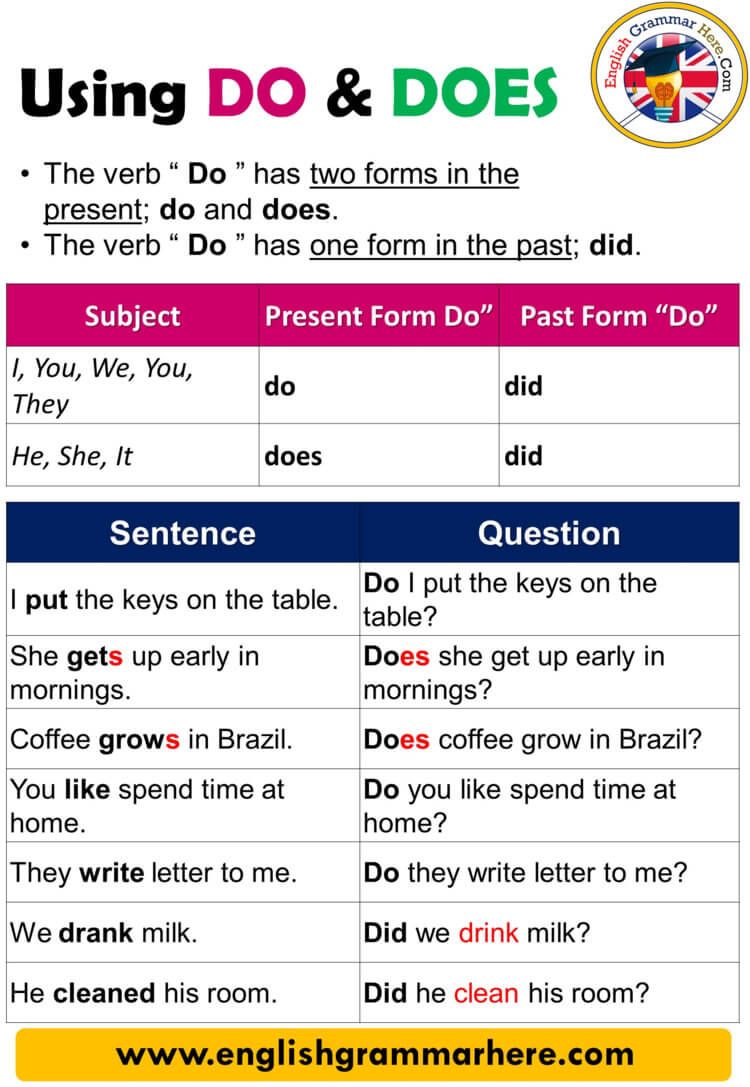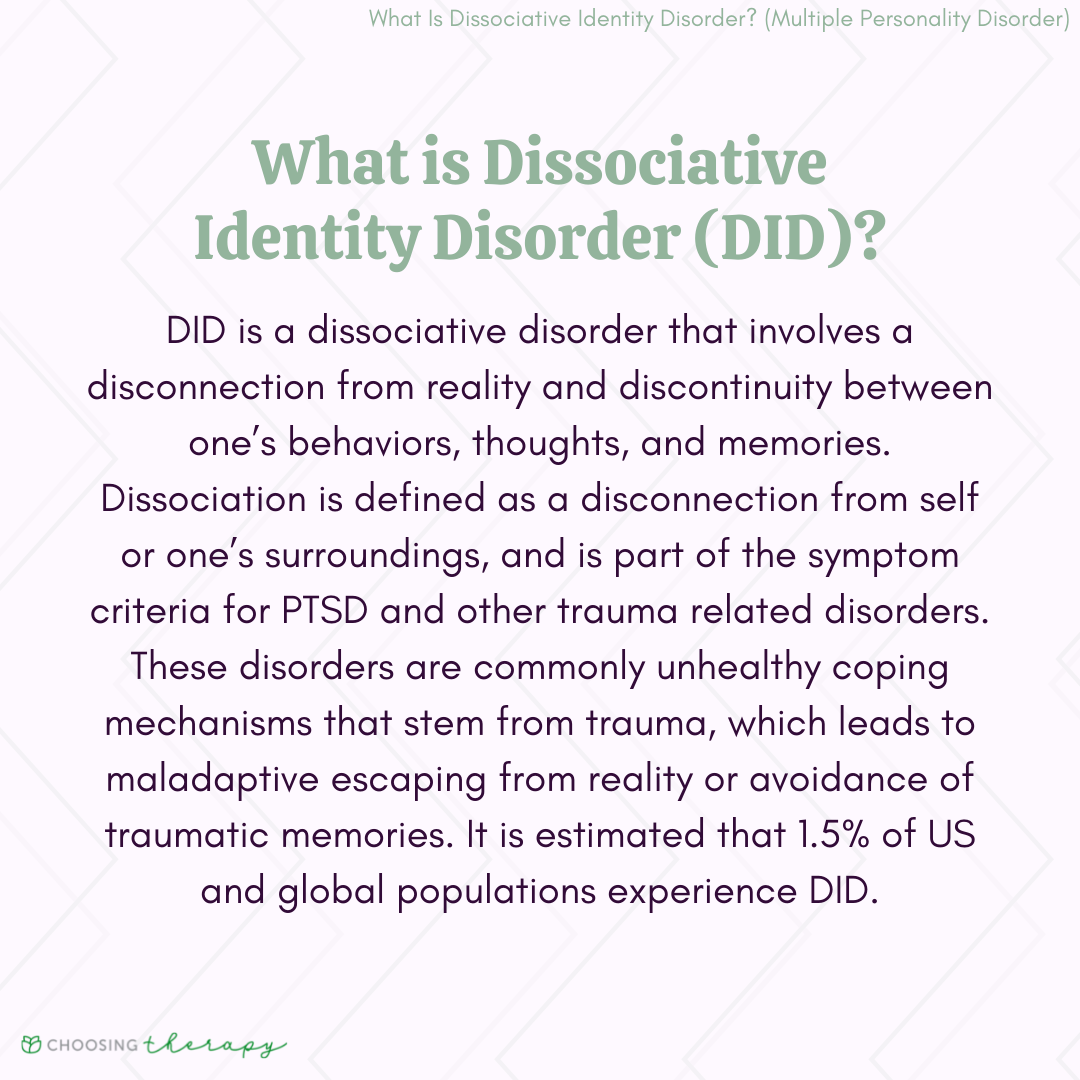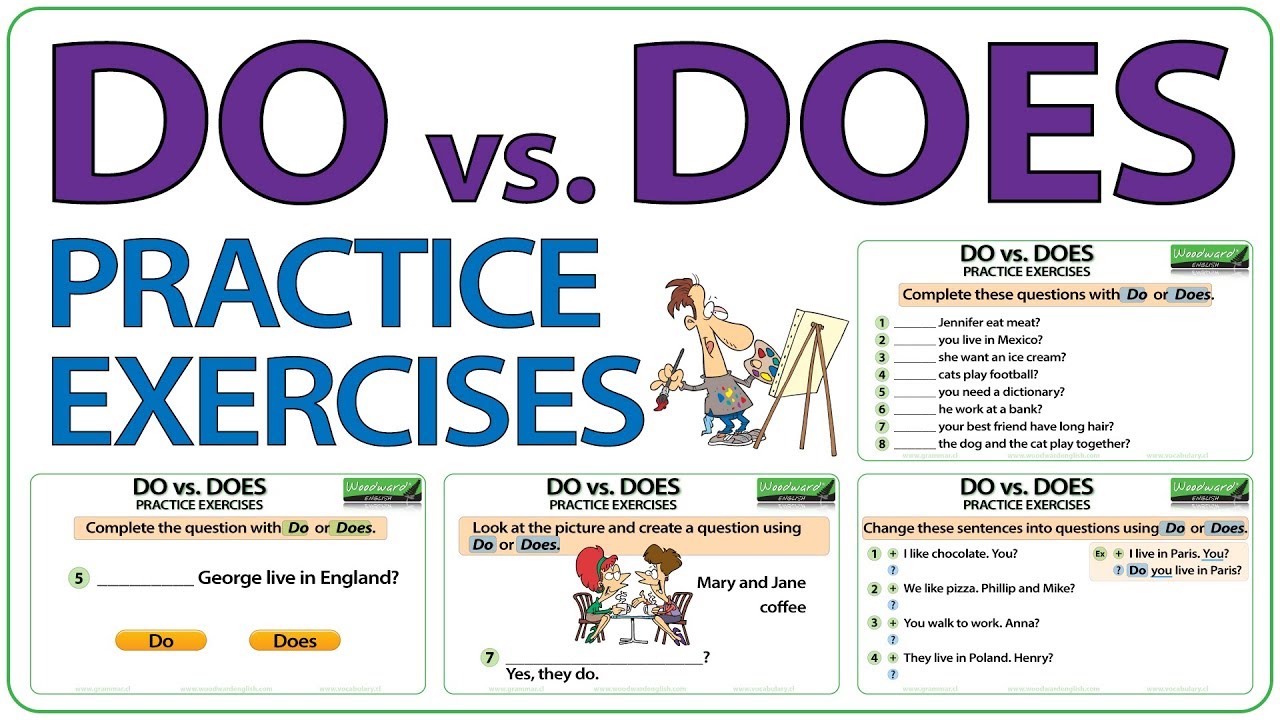Understanding Wellness: Identifying What Truly Counts as a Type of Wellness
Introduction: The Expanding Landscape of Wellness
Wellness is commonly described as a holistic pursuit of health and fulfillment across multiple life domains. Over the years, experts and organizations have developed various frameworks to categorize wellness into distinct types or dimensions. Recognizing these types helps individuals and communities address each area of well-being. However, confusion can arise when unrelated concepts are mistakenly identified as types of wellness. This article clarifies what constitutes a type of wellness, explores recognized frameworks, and provides practical guidance for identifying and accessing wellness resources.
Recognized Types of Wellness: Core Dimensions
While the number of wellness dimensions can vary by model, several core types consistently appear in authoritative wellness frameworks:
- Physical Wellness : Involves maintaining a healthy body through regular exercise, proper nutrition, adequate sleep, and preventive health care. This dimension supports the body’s ability to function optimally and recover from illness or injury [1] [2] .
- Emotional Wellness : Focuses on understanding, expressing, and managing emotions constructively. It includes stress management, resilience, and seeking help when needed [5] .
- Social Wellness : Involves building healthy relationships, effective communication, and a sense of belonging within communities [3] .
- Occupational Wellness : Encompasses personal satisfaction, purpose, and enrichment derived from work or volunteer activities [1] [5] .
- Intellectual Wellness : Encourages lifelong learning, critical thinking, creativity, and expanding knowledge [3] [5] .
- Spiritual Wellness : Involves finding meaning, purpose, and values in life, which may or may not include religious beliefs [3] .
- Environmental Wellness : Relates to recognizing the impact of your surroundings on your health and making choices that respect both your environment and personal well-being [2] [5] .
- Financial Wellness : Some models, including those used in higher education and public health, include financial wellness, focusing on managing resources, budgeting, and planning for the future [5] .
Frameworks may vary in the number of dimensions, but the above categories are widely recognized. For example, the National Wellness Institute highlights six core dimensions, while many universities and organizations expand this to seven, eight, or even nine [4] [5] .

Source: globalwellnessinstitute.org
What Is
Not
a Type of Wellness?
Understanding what does
not
count as a type of wellness is as important as recognizing the core dimensions. If presented with a list such as:
- Physical Wellness
- Emotional Wellness
- Social Wellness
- Culinary Wellness
– the term “Culinary Wellness” is
not
recognized as a type of wellness in established models. While nutrition and healthy eating are vital to Physical Wellness, “Culinary Wellness” itself is not a standard dimension in wellness frameworks
[2]
[1]
. Other examples of concepts
not
considered standard types of wellness include:
- Technological Wellness (unless specifically defined in a digital context)
- Artistic Wellness (creativity is part of Intellectual Wellness, but not a separate dimension)
- Pet Wellness (refers to animal health, not human wellness)
- Travel Wellness (travel can enhance other wellness areas but is not itself a dimension)
When assessing whether a concept is a type of wellness, check its inclusion in frameworks from reputable organizations, universities, or public health sources.

Source: globalwellnessinstitute.org
Steps to Identify Types of Wellness
- Refer to Established Models : Review frameworks from credible organizations such as the National Wellness Institute, universities, or health authorities. Commonly cited models use six to nine dimensions [4] [1] .
- Check for Consistency : Dimensions like Physical, Emotional, Social, Intellectual, Occupational, Spiritual, and Environmental are consistently present across models. If a term appears in only one source or is not referenced by reputable organizations, it may not be a recognized type of wellness.
- Look for Overlap : Some concepts, such as nutrition, are integral to broader dimensions (Physical Wellness) rather than standalone types. Identify where a new term fits within the established categories.
- Search Authoritative Resources : Use search terms like “dimensions of wellness” or “types of wellness” and filter results to university, government, or health organization websites for the most reliable information.
Accessing Wellness Resources and Support
To enhance your well-being across recognized dimensions, consider these practical steps:
- Physical Wellness : Schedule annual check-ups with a primary care provider, join a fitness program, or follow nutritional guidelines from your local health department. Most communities offer classes or support groups for exercise and healthy eating.
- Emotional Wellness : Seek mental health support through your school, employer, or community health center. Many universities and workplaces offer counseling services and workshops on stress management [5] .
- Social Wellness : Join clubs, volunteer, or participate in local community events to build relationships and a sense of belonging.
- Occupational Wellness : Access career counseling or professional development workshops through your local workforce development office or university career center.
- Intellectual Wellness : Enroll in continuing education programs, attend lectures, or read widely in areas of interest.
- Spiritual Wellness : Explore meditation, mindfulness, or join groups that share your values and beliefs.
- Environmental Wellness : Participate in community clean-ups or learn about eco-friendly practices through local environmental organizations.
- Financial Wellness : Seek out free budgeting workshops, credit counseling, or consult your bank’s financial literacy resources.
If you are unsure where to start, search for “wellness programs” at your nearest university, health center, or community organization. When in doubt, contact your local public health department for guidance.
Overcoming Challenges in Pursuing Wellness
Common challenges include lack of time, limited access to resources, and uncertainty about where to find credible information. Address these by:
- Setting small, achievable goals for each wellness area.
- Utilizing free or low-cost resources offered by local government agencies, nonprofits, and educational institutions.
- Reaching out for support from community groups, family, or professionals when needed.
If language or cultural barriers exist, seek organizations that offer services in your preferred language or that understand your cultural background.
Alternative Approaches and Ongoing Trends
While the traditional dimensions are widely recognized, some organizations and communities may add or adapt dimensions to reflect their specific needs. For example, some workplaces now emphasize “Digital Wellness” in response to increased screen time, while others highlight “Cultural Wellness” to address diversity and inclusion. Always verify whether these additional dimensions are supported by credible research or organizational adoption before treating them as core types of wellness.
Key Takeaways
- Recognized types of wellness include physical, emotional, social, occupational, intellectual, spiritual, environmental, and sometimes financial dimensions.
- Concepts not supported by authoritative frameworks (e.g., “culinary wellness”) are not standard types of wellness, though their themes may be included within broader categories.
- To access wellness resources, use official channels such as local health departments, universities, and reputable health organizations.
- When in doubt, search for the “dimensions of wellness” using official sources and avoid relying solely on commercial or non-expert websites.
References
- [1] Colorado State University Pueblo (2018). 9 Dimensions of Well-Being.
- [2] Addiction Policy Forum (2022). 7 Domains of Wellness.
- [3] 7 Summit Pathways (2024). The 7 Dimensions of Wellness.
- [4] National Wellness Institute (2025). Six Dimensions of Wellness.
- [5] UC Davis Student Health and Counseling Services (2025). Eight Dimensions of Wellness.
MORE FROM oncecoupon.com













